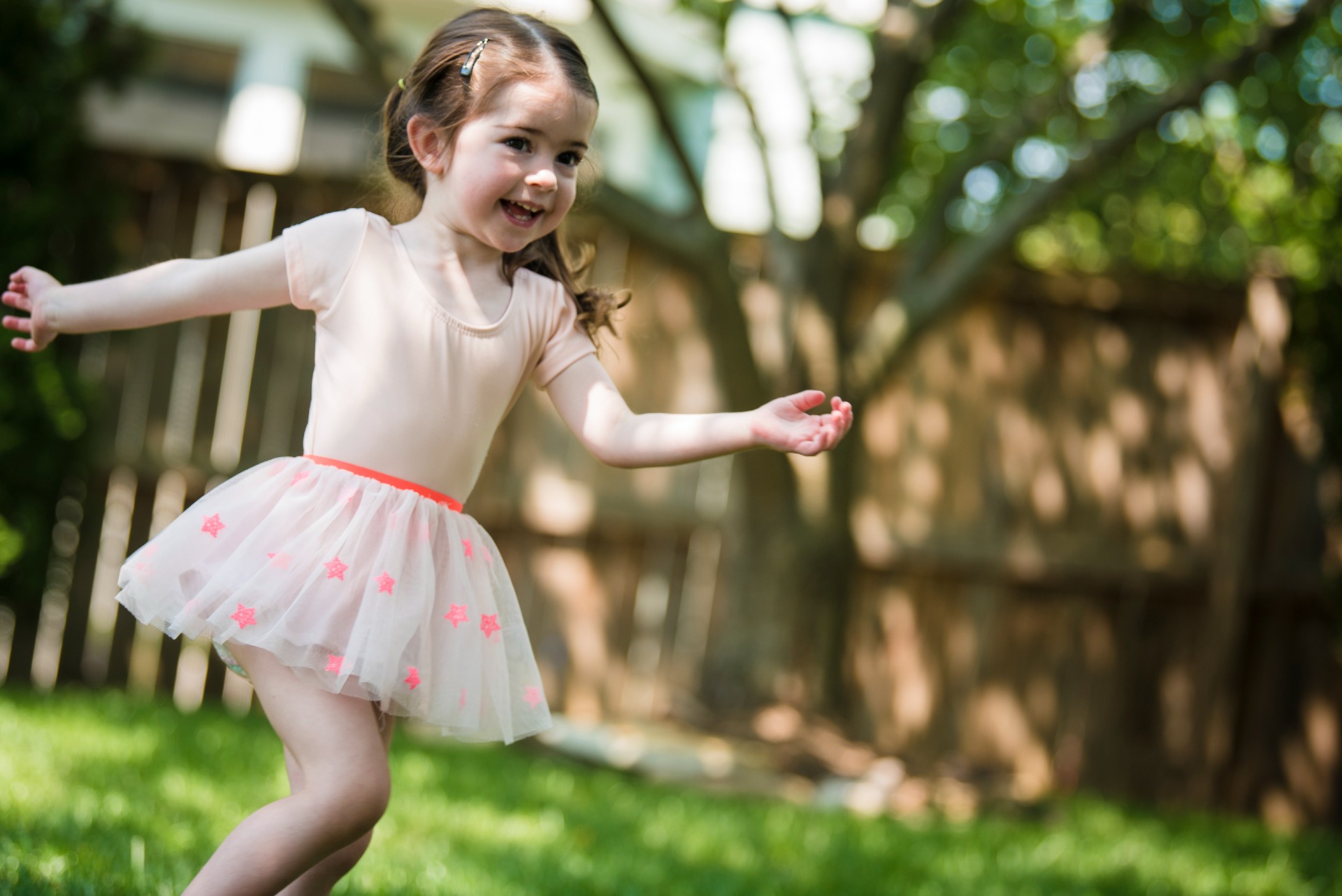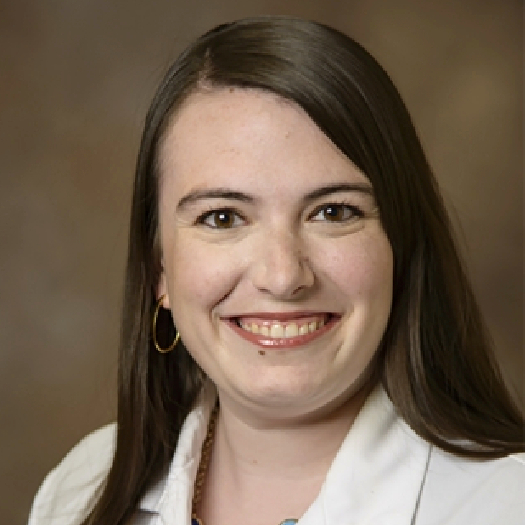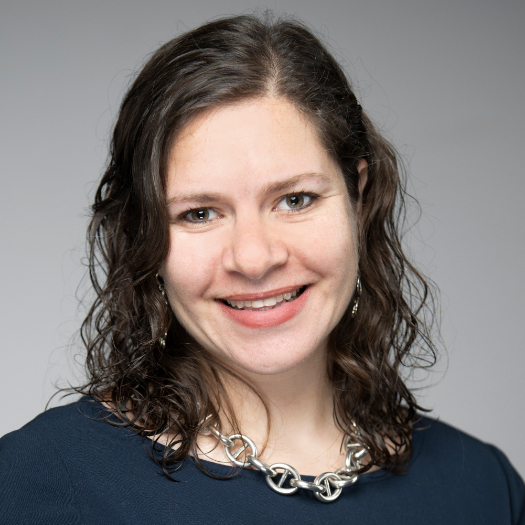What are lice?
Lice are tiny insects that can infest the skin anywhere on the body. Lice infection is characterized by intense itching.
Lice are highly contagious, spreading from person to person by close body contact, shared clothes, and other items (such as hats, hairbrushes, and combs). There are three types of human lice:
Head lice
- Head lice are seen mostly in child care settings and among school-aged children
- The child usually has itching in the head area
- Lice, or the eggs (called nits), can usually be seen on the hair, behind the ears, and on the neck
Body lice
- Body lice are usually seen in people with poor hygiene
- Body lice are rare in children
- Body lice cause severe itching, which is often worse at night
- In some cases, lice and eggs can be found in the seams of clothes
Pubic lice
- Pubic lice are very contagious and can be transmitted through sexual contact or by contaminated items such as towels and clothes
- Pubic lice can affect the pubic hair, but also can cause infections of the hair on the chest, abdomen, thighs, and eyebrows
- Itching of the affected area is a common symptom of pubic lice
How are lice diagnosed?
The eggs laid by lice are usually visible to the naked eye, making it easy for a child's physician to diagnose. Pubic lice leave small brown spots on the parts of clothing that come into contact with the genitals or anus.
What is the treatment for lice?
The specific treatment for lice will be determined based on:
- The child's age, overall health, and medical history
- Extent of the infestation
- The child's tolerance for specific medications, procedures, or therapies
- Expectations for the course of the infestation
- Child or parent’s opinion or preference
Lice are very treatable. Treatment may include:
For head lice and pubic lice:
Application of a medicated cream rinse or shampoo is usually an effective treatment for head and/or pubic lice. The specific instructions need to be followed. Examples of medicated cream rinses or shampoos include the following:
- Permethrin or Nix® cream rinse
- Lindane
- Kwell® shampoo
- Pyrethrins or RID® gel
- Nits need to be removed from the hair with a fine-tooth comb
Combs and brushes should be soaked in hot water with the shampoo for at least 15 minutes.
Children can return to school or daycare the day following their first treatment for head lice.
For body lice:
- Medications are usually not needed to treat body lice
- Treatment for body lice usually consists of improving hygiene and washing clothes
- Bed sheets and blankets should be washed in hot water and dried in a hot dryer


 Aasha's Rare Gift Will Help Other Babies Grow up Healthy
Aasha's Rare Gift Will Help Other Babies Grow up Healthy








